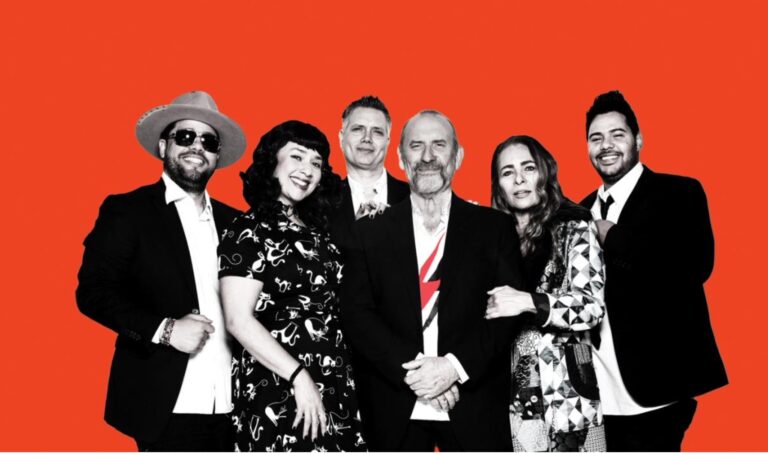
Scott stands alone on green space targets
By Joe Bourke
A motion to set targets for green space in the City of Sydney collapsed in council last week after not a single councillor seconded it.
Labor councillor Linda Scott moved a motion to increase the amount of green space in the city as Sydney’s population grows.
Clr Scott said the need for these targets had become even more pressing following the re-election of the Coalition government, which has committed to many major inner city developments, including the Bays Precinct and the Central to Eveleigh urban transformation program.
“We’ve seen this week that the 10 most densely populated areas in Australia are actually in the inner city of Sydney and with the re-election of the state government, I think it’s even more important for the City of Sydney to be on the front foot about exactly how much green space we need,” she said.
Liberal councillor Christine Forster said she did not support the motion as while she was committed to preserving green space in the city, the idea of targets seemed to be “another piece of bureaucracy”.
“The city has a great habit of setting targets for all sorts of things and unfortunately they often end up as being inspirational and unrealistic and I’m not a fan of setting unrealistic targets,” she said.
Greens councillor Irene Doutney agreed with Clr Scott that the city’s green space should be put on the agenda, but said there were more important issues at the time.
The motion wasn’t moved until close to midnight – seven hours after the meeting began.
The day after the council meeting, the Australian Bureau of Statistics released data indicating Sydney would be the first capital city to reach five million people, as early as the end of 2016.
CEO of Urban Taskforce Australia Chris Johnson said despite population growth, the city’s green space could be improved, but building height restrictions would have to be rethought.
“Clearly cities need to breathe, they need to have clean air, they need to have a balance between the hardness of the built city with some relief from greenery,” he said.
“The trade off of course is all about density. We can’t have two-storey buildings everywhere and expect to get enough open space.”
Additionally Mr Johnson said the greening of buildings would be key for Sydney’s future as a densely populated city.
“We have to do two things: the first is provide parks — small, medium, large in the right locations — and the other is to push the amount of greenery as living organic growth as much as we can, on roofs of buildings [and] on walls of buildings,” he said.
Mr Johnson pointed to the example of Chippendale’s One Central Park, recently rated the best tall building in the world by the Council on Tall Buildings and Urban Habitat.
The building features hanging gardens and an internal water recycling plant and was awarded a five-star green rating by the Green Building Council of Australia.
Clr Scott said green spaces were a “driving agenda” for her and that she would not give up “looking to the future” on the issue.
“There are politicians in other parties who say that this is simply unachievable but we just shouldn’t throw in the towel,” she said.
“If the city continues to not provide leadership on this issue then we’ll end up with perhaps less green space than we even have now when actually what we need for the future is much much more.”









